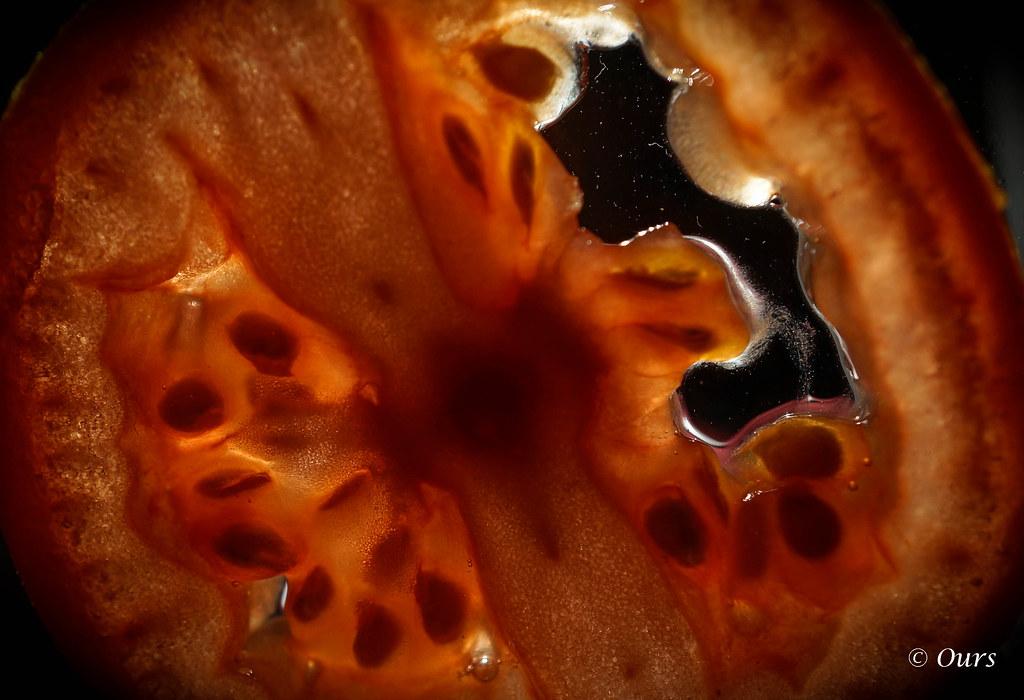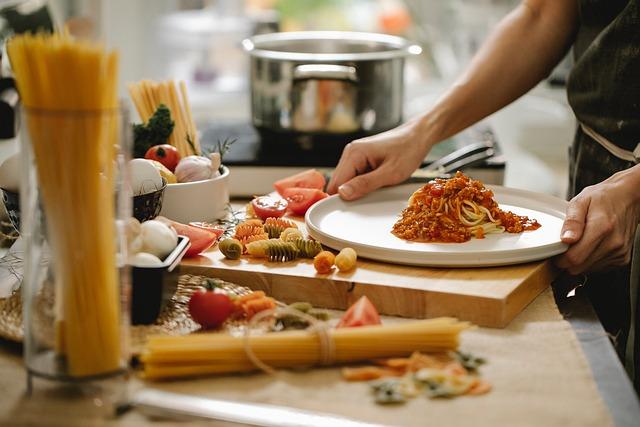In the bustling world of culinary arts, where innovation meets tradition, the pressure cooker has emerged as a beloved tool for many home cooks and professional chefs alike. Its promise of reducing cooking times while tenderizing even the toughest cuts of meat has made it a staple in kitchens around the globe. Yet, beneath the lid of this miraculous appliance lies a simmering debate that has captured the attention of nutritionists and food enthusiasts: does the high-pressure environment compromise the nutritional integrity of our food? As we delve into the science and myths surrounding pressure cooking, we aim to uncover whether this culinary marvel is a friend or foe to our nutritional well-being. Join us on this exploratory journey as we weigh the pros and cons, seeking to understand if the pressure cooker is truly a kitchen ally or if it inadvertently steals some of the nourishment from our meals.
Understanding the Science Behind Pressure Cooking and Nutrient Retention
Pressure cooking has become a popular method due to its efficiency and convenience, but concerns about its impact on nutrient retention in food persist. At its core, pressure cooking involves cooking food at high temperatures and pressures, which can significantly reduce cooking time. This rapid cooking process, contrary to what one might expect, can actually preserve more nutrients compared to traditional cooking methods. The science behind this lies in the reduced exposure to heat and water, which helps in minimizing the loss of water-soluble vitamins and minerals.
Several studies suggest that pressure cooking can retain nutrients effectively, sometimes even better than boiling or steaming. Here are some key points:
- Vitamin Preservation: The short cooking time helps in preserving heat-sensitive vitamins like vitamin C and B-vitamins.
- Mineral Retention: Since less water is used, minerals are less likely to leach out into the cooking liquid.
- Protein Quality: The high-pressure environment can denature proteins, making them easier to digest without significantly affecting their nutritional quality.
While pressure cooking can be beneficial for nutrient retention, it is important to note that overcooking can still occur if not monitored properly. Understanding the optimal cooking times and settings for different types of food can maximize both flavor and nutritional benefits.

Exploring the Myths: Does Pressure Cooking Really Destroy Nutrients?
Pressure cooking has long been a topic of debate when it comes to nutrient preservation in food. At the heart of this debate are the common myths and misunderstandings surrounding this cooking method. Let’s delve into these myths:
- Myth 1: High temperatures destroy all nutrients. While it’s true that pressure cooking involves higher temperatures, it actually reduces cooking time significantly. This reduction in time helps in preserving more heat-sensitive nutrients such as vitamin C and B vitamins compared to longer cooking methods.
- Myth 2: Pressure cooking leaches nutrients into the cooking water. Unlike boiling, pressure cooking requires less water, which means that fewer nutrients are lost in the process. The steam and moisture stay within the sealed environment, helping to retain the nutritional value of the food.
In reality, pressure cooking can be an effective way to preserve the nutritional integrity of your meals. By understanding and dispelling these myths, we can appreciate the benefits of using a pressure cooker for healthier and more nutritious cooking.

Maximizing Nutritional Benefits: Best Practices for Using a Pressure Cooker
To ensure that you are reaping the full nutritional advantages of your meals when using a pressure cooker, it’s important to adopt some strategic practices. Choose fresh, high-quality ingredients to start with, as this sets the foundation for a nutrient-rich dish. The shorter cooking times associated with pressure cooking help in preserving vitamins and minerals, particularly those sensitive to heat and oxidation, like vitamin C and B vitamins.
Consider the following best practices for optimal nutritional retention:
- Use Minimal Water: Excess water can leach nutrients, so use just enough to create steam and build pressure.
- Avoid Overcooking: Follow recommended cooking times to prevent nutrient degradation.
- Cut Ingredients Uniformly: This ensures even cooking and helps retain more nutrients.
- Incorporate Whole Foods: Cooking whole grains, legumes, and vegetables in a pressure cooker can enhance their digestibility and nutrient availability.
- Experiment with Spices and Herbs: Adding these can enhance flavor without the need for excess salt or fats.
By following these practices, pressure cooking can be a valuable method for preparing nutritious, delicious meals efficiently.

Expert Recommendations for Preserving Nutrients While Pressure Cooking
Unlocking the potential of pressure cooking to retain nutrients requires a blend of culinary finesse and scientific understanding. Experts suggest starting with fresh, high-quality ingredients, as they are naturally richer in nutrients. A strategic approach involves minimizing the cooking time—the shorter, the better, to preserve vitamins sensitive to heat. It’s recommended to cut vegetables into larger chunks to reduce nutrient loss, as smaller pieces can break down more quickly under pressure.
- Use minimal water: Since pressure cooking requires less water, this helps in retaining water-soluble vitamins.
- Avoid pre-cooking: Pre-cooking or blanching can lead to nutrient loss, so it’s best to add ingredients directly into the pressure cooker.
- Quick release method: Opt for the quick release method to prevent overcooking and maintain the food’s nutritional integrity.
By following these expert tips, you can enjoy the convenience of pressure cooking without compromising on the nutritional quality of your meals.
In Retrospect
In the ever-evolving culinary landscape, the pressure cooker stands as both a marvel and a mystery, bridging the gap between tradition and innovation. As we’ve journeyed through the nuances of its impact on nutritional quality, it’s clear that this kitchen stalwart holds a complex relationship with the foods it transforms. While some nutrients may shy away from the heat and pressure, others are unlocked and preserved in ways that conventional cooking cannot achieve.
Ultimately, the decision to embrace the pressure cooker rests on individual priorities and culinary goals. It invites us to weigh the trade-offs, consider the science, and savor the convenience it offers. As we continue to explore the art of cooking, let us remain curious and informed, blending time-honored techniques with modern methods to nourish both body and soul. In the kitchen, as in life, balance is key, and perhaps the pressure cooker is just one more tool in our quest for culinary harmony.
